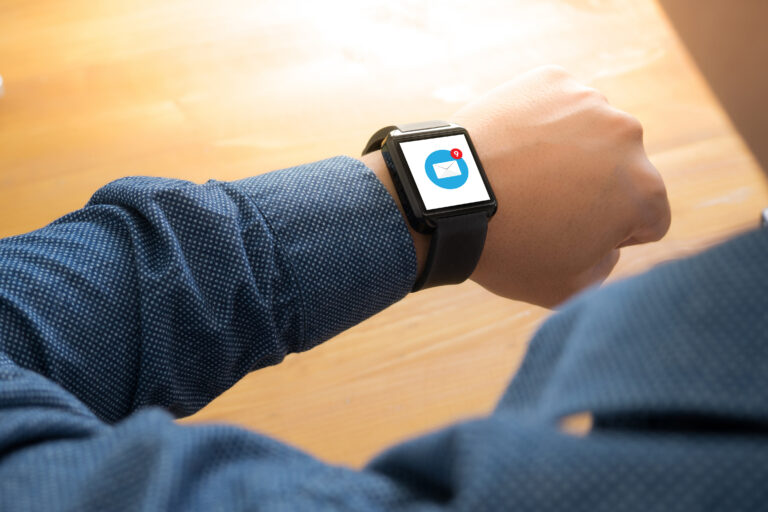A stroke is a serious medical condition that occurs when there is a disruption in the blood flow to the brain. This can be caused by a blockage or a burst blood vessel, leading to damage of brain cells. One type of stroke is the acute hemorrhagic stroke, also known as a hemorrhagic stroke. In this article, we will dive into what exactly an acute hemorrhagic stroke is, its causes, symptoms, treatment, and prevention.
What is an Acute Hemorrhagic Stroke?
An acute hemorrhagic stroke is a type of stroke that occurs when a blood vessel in the brain ruptures and bleeds into the surrounding brain tissue. This bleeding can cause damage to the brain cells and disrupt the normal functioning of the brain. It is considered a medical emergency and requires immediate treatment to prevent further damage.
Causes of Acute Hemorrhagic Stroke
There are two main types of acute hemorrhagic strokes: intracerebral hemorrhage and subarachnoid hemorrhage.
Intracerebral hemorrhage occurs when a blood vessel within the brain ruptures, causing bleeding and damage to the surrounding brain tissue. This type of stroke can be caused by high blood pressure, aneurysms (weak spots in blood vessels), or a traumatic brain injury.
Subarachnoid hemorrhage, on the other hand, occurs when there is bleeding in the space between the brain and the thin tissues that cover it. This can be caused by ruptured aneurysms, head trauma, or blood thinners.
Risk Factors for Acute Hemorrhagic Stroke
There are several risk factors that can increase a person’s likelihood of experiencing an acute hemorrhagic stroke. These include:
1. High blood pressure: Uncontrolled high blood pressure can put added strain on the blood vessels in the brain, increasing the risk of rupture.
2. Age: As we get older, our blood vessels become more fragile and are more prone to rupture.
3. Smoking: Tobacco smoke can damage blood vessels and increase the risk of stroke.
4. Excessive alcohol consumption: Heavy drinking can increase blood pressure and put a strain on blood vessels, making them more susceptible to rupture.
5. Family history: People with a family history of stroke or other cardiovascular diseases are at a higher risk of experiencing an acute hemorrhagic stroke.
Symptoms of Acute Hemorrhagic Stroke
The symptoms of an acute hemorrhagic stroke can vary depending on the location and severity of the bleeding in the brain. However, some common symptoms to look out for include:
1. Sudden severe headache
2. Weakness or numbness on one side of the body
3. Difficulty speaking or understanding speech
4. Loss of balance and coordination
5. Nausea and vomiting
6. Blurred vision
7. Confusion or disorientation
It is important to note that these symptoms can also be signs of other medical conditions, so it is essential to seek immediate medical attention if you experience any of them.
Treatment of Acute Hemorrhagic Stroke
As mentioned earlier, an acute hemorrhagic stroke is a medical emergency that requires prompt treatment to prevent further damage to the brain. The first step in treatment is to stabilize the patient and manage any life-threatening symptoms such as high blood pressure or breathing difficulties.
If the bleeding is caused by an aneurysm, surgery may be needed to repair or remove the aneurysm. In some cases, medication may also be given to help control blood pressure and prevent further bleeding.
Rehabilitation may also be necessary for some patients after an acute hemorrhagic stroke. This can include physical therapy, speech therapy, and occupational therapy to help regain lost abilities and improve overall functioning.
Prevention of Acute Hemorrhagic Stroke
While some risk factors for acute hemorrhagic stroke, such as age and family history, cannot be controlled, there are lifestyle changes one can make to reduce their risk. These include:
1. Managing high blood pressure: This is crucial in preventing strokes, so it is essential to monitor and manage blood pressure regularly.
2. Quitting smoking: Quitting smoking can significantly reduce the risk of stroke and improve overall health.
3. Reducing alcohol consumption: Limiting alcohol intake can help keep blood pressure levels in check and reduce the risk of stroke.
4. Eating a healthy diet: A diet rich in fruits, vegetables, whole grains, and lean proteins can help maintain a healthy weight and reduce the risk of stroke.
5. Staying physically active: Regular exercise can help control blood pressure and maintain overall health.
In Conclusion
An acute hemorrhagic stroke is a serious medical condition that requires immediate medical attention. Knowing the risk factors and symptoms can help identify and prevent this type of stroke. If you or someone you know experiences any symptoms of an acute hemorrhagic stroke, seek medical attention immediately. Remember, early treatment can make a significant difference in the outcome of a stroke.





